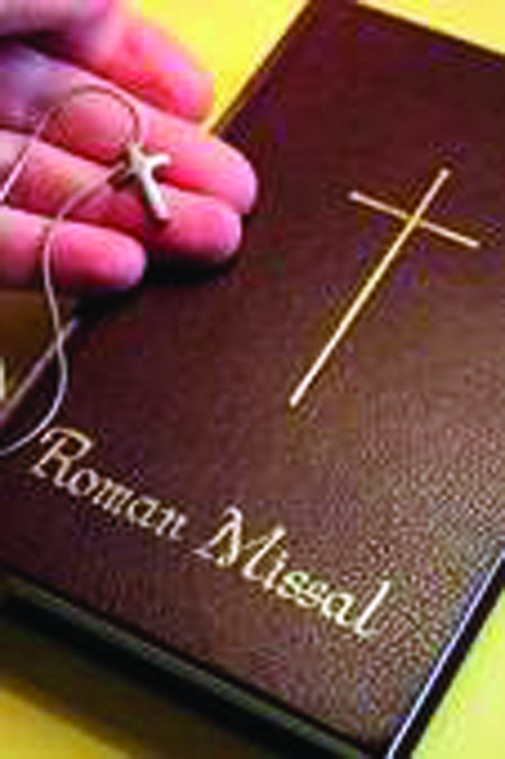
Last month I attended the baptism of my nephew at St. Joseph’s Roman Catholic Church in Capitola. The homily preached by the church’s pastor, the Rev. Matthew Pennington, announced some changes his congregation (and, indeed, all English-speaking Catholics) will soon encounter. “C&E Catholics” (those who attend Mass only on Christmas and Easter) are in for some surprises.
A brief history may be in order. During the Middle Ages, it became standard for Western Christians to attend worship services conducted only in Latin. In 1474, the first authoritative “Roman Missal” (book containing the words and ceremonial for celebrating Mass) was published. This Latin Mass was used exclusively in Western Europe until the 16th century; one of the hallmarks of the Protestant Reformation was returning worship to the vernacular, the language of each nation.
The church persisted in the use of Latin for centuries: it was only in 1970, as one of the changes resulting from Vatican II, that the church allowed Catholics to use an English translation of the Order of the Mass for worship, making it no longer necessary to follow along in a book to understand what was being said.
Apparently, though, this English Mass was defective. “Completed quickly in 1969, it aimed for a spirit of the texts, rather than exact literal translation of Latin words.” In 2001 a liturgical commission in Rome gathered scholars, poets and theologians to provide a more accurate translation. These texts will be implemented on Nov. 27, the first Sunday of Advent (the beginning of the liturgical year).
This new English translation has been revised so that “the unique style of the Latin text is reflected in English.” The changes were aimed at:
– Conciseness in addressing God
– Noble tone
– Concrete images
– Repetition
– Rhythmic highlighting of significant words.
The new translation will be used in all English-speaking countries “emphasizing the unity of the church throughout the world.” Music publishers have already been working to revise well-known musical settings of the Mass, and composers have been invited to create new settings making use of the revised translation.
Although changes in language used by the priest are more extensive, there are at least a dozen changes in the responses given by the people. For example, when the priest says, “The Lord be with you,” the reply will no longer be “And also with you.” The new reply will be, “And with your spirit,” (mirroring the Latin “Et cum spiritu tuo”) “invoking reciprocal blessings from God and God’s spirit … a sign of the presence of the Lord in one another’s lives.”
San Jose Bishop Patrick J. McGrath commends these changes to local Catholics: “As we renew our efforts in liturgical hospitality and music and the proclamation and homiletic exposition of the Word of God, may we all be enriched and strengthened in the ways of faith and Christian life.”
Of course, everyone is not pleased with the changes. In reporting on this topic “Religion & Ethics Newsweekly” interviewed dissenting priests who criticize the work as “archaic, ugly, even wrong.” Father Larry Janowski, a Franciscan in Chicago, says many of the passages are “like sawdust in the mouth.” And Father Anthony Ruff contends, “The Holy See allowed a small group to hijack the translation … resulting in an unsatisfactory text.”
More detailed information is available at www.usccb.org/romanmissal and www.fdlc.org.









